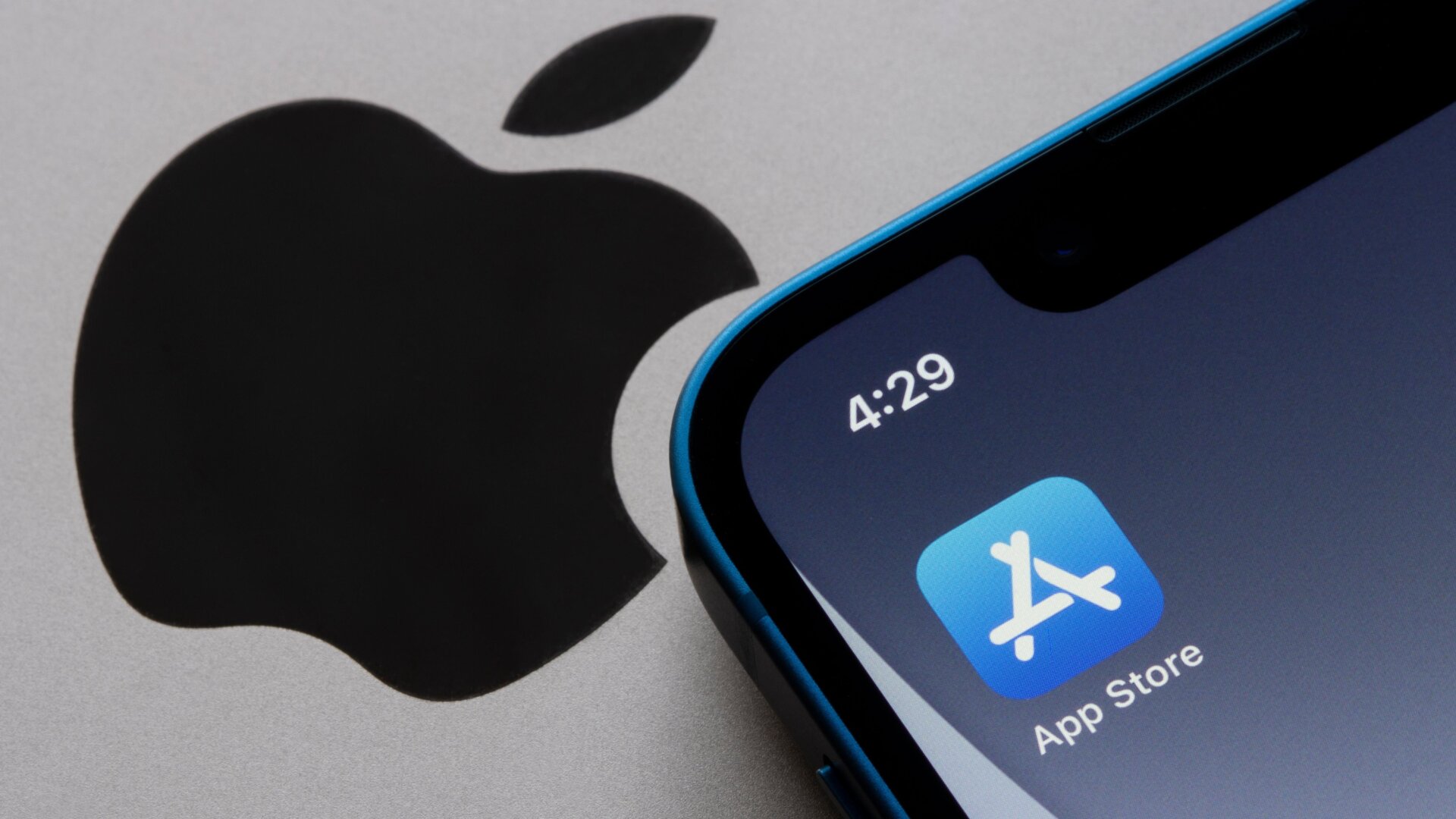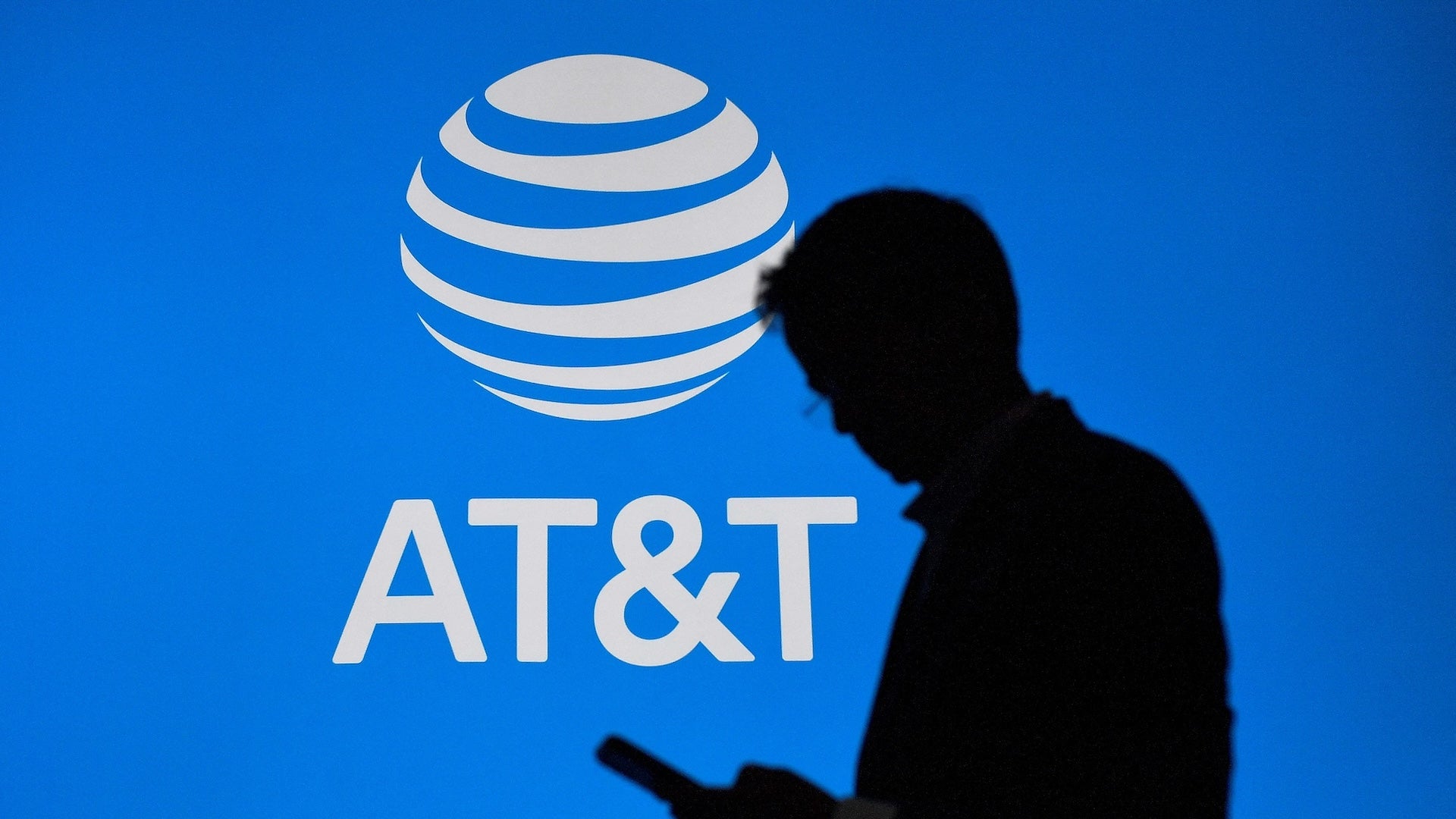Propagandists ramming verifiably false information into the eyeballs of credulous internet users—now dubbed “fake news”—is one of the most daunting, complicated issues facing social platforms today. Even the richest, most powerful tech companies with the brightest talent pools have yet to deploy anything resembling a solution. The great equalizer of the internet age is everyone’s ability to broadcast their thoughts, but is it even possible to keep out those who would intentionally mislead?
Take a second to look up your login information, because LinkedIn has got this.
Debuting today, LinkedIn—the professional network no one enjoys using but everyone signs up for to look more employable—will be home to a new “Trending Storylines” feature that surfaces user posts and “the most important developing stories in your industry.” Did you know people post things to LinkedIn? You will now.
Dan Roth, LinkedIn’s editor-in-chief—a position the company actually has, apparently—told Engadget that the professional, non-anonymous nature of the platform “rules out a lot of what would constitute ‘fake news’. This is not the place where you post conspiracy theories about a pizza chain.” Roth is clearly referencing the repeatedly debunked Pizzagate conspiracy, but a quick search on LinkedIn reveals no shortage of posts about the DC pizza parlor’s supposed child-trafficking proclivities.
But let’s say we believe him, and Trending Storylines’s two dozen human editors and algorithms do a reasonable job of filtering out the bullshit. We’re left with a lot of self-promotional posts disguised as news, because many of these links won’t be to actual reporting—they’re the musings of people who are largely paid to pretend they know what they’re talking about. Or as Roth nauseatingly told Engadget, “there is incredible insight trapped inside the cubicles of professionals everywhere.”
I don’t care what the CEO of a no-name company thinks about Trump’s ties to Russia. The recruiter who keeps sending me internship requests has nothing of value to say about global trade. The feature purports to include curation of publishers and journals as well, but there are half a dozen faster ways to get that information.
It’s true that LinkedIn is unlikely to encounter the same issues with trolling and harassment faced by Twitter, but is being bombarded by thinly-veiled promotional content really the best solution?
Moreover, LinkedIn also happens to enjoy an unreasonably high Google search ranking—which makes the platform ripe for abuse of a different kind. As Gizmodo found during the Super Bowl, spammers were able to generate thousands of junk articles on the world’s largest professional network, many of which ended up in Google’s equally-exploitable Top Stories module. This feature’s success would necessitate more users publishing directly to LinkedIn, and would also attract more people to use the publication tools for nefarious purposes, potentially hurting the product as a whole in the long run.
Trending Storylines makes the case for its own existence by leaning on the infamous “filter bubble” argument. It will supposedly allow you to “quickly access diverse opinions [and] find new voices,” but it contradicts this by simultaneously claiming “you can fully control your feed experience” to see stories that “matter most to [you].” A charitable interpretation is: we hear a lot of people using these buzzwords and please, please, please use our new feature. Microsoft is already pissed about buying us for $26 billion.
Even the name “Trending Storylines” reads like a marketing firm’s amalgamation of other platforms’ products. The “trending” from Facebook’s ill-fated Trending Topics; “story” from Instagram Stories; “lines” from Timeline, as used by everything everywhere. Roll the linguistic mystery meat of “Trending Storylines” in your mouth a little. Just imagine asking your friends, “have you checked out LinkedIn’s Trending Storylines?”
Fake news hasn’t been a major problem for LinkedIn, so an initiative to solve this complicated issue through a new feature is at best disingenuous—because LinkedIn is, by in large, not a destination for most people to get news from. If it becomes one, LinkedIn is setting itself up to become a site no one will want their resume on.
Update 3/221/7 5:59pm EDT: LinkedIn replied to our request for comments. “We do not allow inaccurate content on our site” a spokesperson wrote, which is verifiably untrue, as evidenced by the screenshot above, nor is it infrastructurally possible for someone to read and fact-check every single thing posted to the platform.
In defense of their product’s viability the spokesperson stated that, “The content members write and share on LinkedIn becomes part of their professional identity and reputation—there is no hiding behind anonymity on LinkedIn. What you share can be seen by your coworkers, boss and employees.”
[Engadget]













